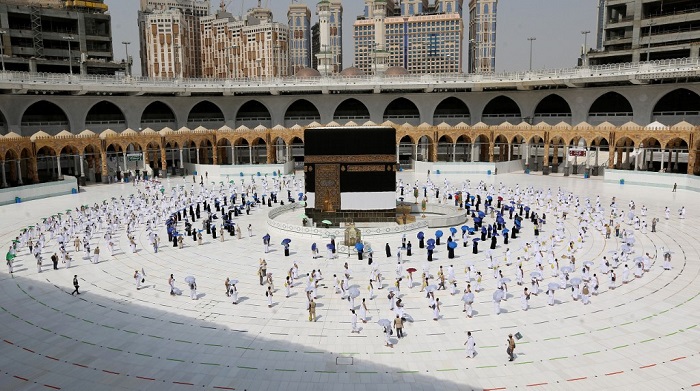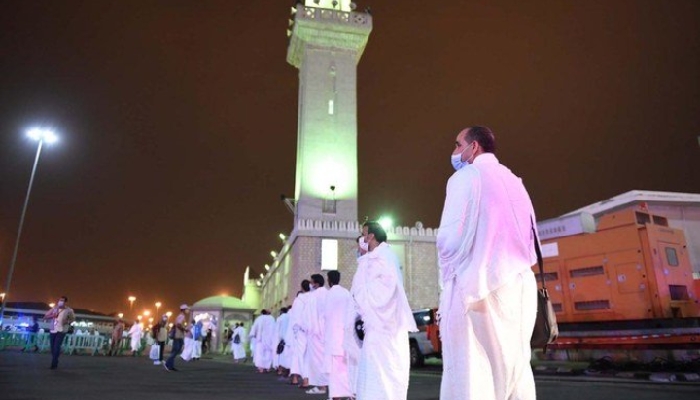Mangaluru, Jul 27: Hindus across coastal Karnataka on Thursday celebrated Nagara Panchami, the first festival of Shravan month, with pomp and gaiety amidst rising prices of essential commodities including fruits and vegetables.

Devotees thronged to temples and snake pits to worship Serpent. Kukke Shree Subramanya temple, Kudupu Shree Anantha Padmanabha Temple and Anantha Padmanabha temple at Manjeshwara are famous temples dedicated to Nag where special poojas were performed in grand manner.
There was a ‘serpentine’ queue of devotees at various temples across the district to offer pooja to the idols of Naga and seek his blessings for the well being of the family.
The devotees thronged temples early morning and offered milk, tender coconut, honey, turmeric and flowers to the idols of Naga. Special prayers were also offered at most of the ‘naga banas’ installed in the backyard of houses, localities etc.
‘Arasina ele gatti’ (sweets made in turmeric leaf) is part and parcel of the festival. It is a typical dish prepared in all the households who observe this festival in the region.
On the other hand, the skyrocketing prices have made many families remain on tenterhooks. There was brisk sale of ‘Kedage,’ ‘Hingara,’ ‘Kaat Kedage,’ ‘Sevanthige,’ ‘Kakada,’ in the market since yesterday.
Save snakes from ‘religious’ atrocities: An appeal
Meanwhile, people for the Ethical Treatment of Animals (PETA) and other volunteers have urged citizens not to support snake shows, and discourage atrocities against the reptile species by reporting snake charmers to the authorities.
A PETA volunteer said: "Snake charming does not pay tribute to these fascinating reptiles: It tortures them. We urge members of the public to express their compassion for these tormented animals by reporting snake collectors and snake charmers to the authorities."
For Nag Panchami, snakes are captured and often kept in suffocating bags or tiny boxes and starved, have their teeth violently yanked out, or their mouths painfully sewn shut, and are bought into the cities. The snake's venom duct is often pierced with a hot needle, causing the animal's glands to burst. Some snakes damage their eyes when the tikka' applied to their hoods during puja trickle into them.
India holds the world record for the highest snake mortality on a single day.
As per the Wildlife Protection Act of 1972, it is a crime for snake charmers to catch and exploit snakes for business purposes or even own them. As per section 11, sub section 1 of the Prevention of Cruelty to Animals Act, 1960, it is illegal to torture or cause unnecessary pain to an animal, willfully and unreasonably administer any injurious substance to an animal, keep or confine any animal to a cage or any other receptacle that does not give an animal reasonable opportunity for movement.
Since they are starved, snakes consume the milk offered to them. Milk is not part of their natural diet, and it causes them to become severely dehydrated and have allergic reactions and dysentery. Most die as a result.
Another misconception is that snakes sway to music. They are deaf, but spread their hoods and follow the movements of the charmer in order to defend themselves an action which causes them exhaustion and fear. Most snakes shun human contact, but snakes used in these performances are forced to interact with noisy crowds and are subjected to excessive human contact.



















Comments
Add new comment